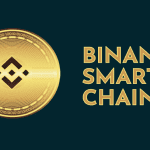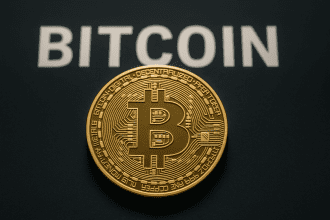Imagine if banks, stock brokers, and even insurance companies all went on vacation and you could still manage your money, invest, lend, borrow, or trade directly with others using just your phone and the internet. That’s DeFi.
It’s finance without middlemen. It’s like upgrading from horse and cart to flying cars overnight.
DeFi is decentralized finance built on blockchains (primarily Ethereum, with many other chains) where smart contracts automate actions like swaps, lending, borrowing, staking, and interest no banks or approvals, just code. It’s open to anyone with internet, runs 24/7, settles fast, and is transparent on-chain, giving users direct control of assets through self-custody wallets. Compared with traditional finance: access is permissionless, speed is near-instant, middlemen are replaced by protocols, and activity is publicly auditable. Popular apps include Uniswap (swaps), Aave/Compound (lending/borrowing), Curve (stablecoins), MakerDAO (DAI), Synthetix (synthetics), and Yearn (yield). Risks are real: contract bugs, scams/rug pulls, price volatility, high fees at times, and irreversible user mistakes; start small, use audited, reputable projects, and protect your seed phrase (hardware wallets like Ledger/Trezor add safety; MetaMask/Trust are common). CeFi (exchanges like Coinbase/Binance) offers convenience and custody, while DeFi offers control and programmability. Ethereum remains the main hub due to mature tooling and adoption, though Solana, Avalanche, Polygon, and others are growing. The future points to better UX, lower fees via L2s, more regulation, cross-chain interoperability, and rising institutional use powerful but user-responsible finance.






















